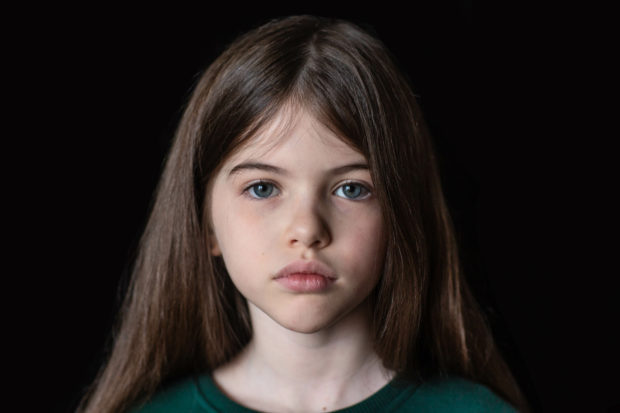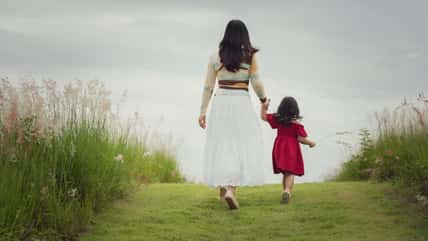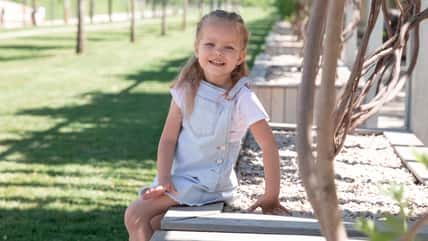Children’s Eyewitness Testimony Can Be Crucial, And This Protocol Helps Investigators Gather The Most Accurate Information As Possible

Now that video doorbells have taken over residential neighborhoods and businesses– both small and large– continue to rely on video surveillance systems, eyewitness accounts have come under scrutiny.
According to the Innocence Project, faulty eyewitness testimony was actually responsible for up to seventy-five percent of wrongful convictions in the U.S.
And unfortunately, most witnesses may not even know that they are providing wrong information. Our human memory is unable to seamlessly playback events like a YouTube video or Netflix series. Instead, the brain reconstructs memories each time they are recalled– much like a jigsaw puzzle being put back together.
So, in the age of technology, footage caught on camera tends to be a much more concrete form of evidence.
Still, though, what happens when a crime occurs behind closed doors and there are no cameras present?
This question often represents the circumstances that many child witnesses, unfortunately, find themselves in. And when a child is forced to tell their story, it is often because their testimony is the only evidence available in a case.
This means that understanding exactly how children can be reliable witnesses crucial– both for their own safety and the security of the greater public. And it all starts with authorities’ approach to questioning.
Child Witnesses Under Typical Questioning
When police officers launch a forensic interview with any witnesses, including children, they first ask them to freely recall anything and everything they remember about the situation.

polya_olya – stock.adobe.com – illustrative purpose only, not the actual person
Sign up for Chip Chick’s newsletter and get stories like this delivered to your inbox.
And during this stage of the questioning process, children can actually be just as accurate as adults. However, they still commonly miss many details.
Then, once children are finished retelling the event in their own words, investigators may pose open-ended questions. This portion of questioning tends to generate the most reliable responses since they are not presumptive. For instance, “What happened next?”
Some investigators might also turn to option questioning, in which children are pushed to pick between two scenarios. One example of this might be, “Was the woman short?” Still, though, these questions may lead children to respond with inaccurate details when they are not sure of the answer.
Finally, if child witnesses are refraining from opening up and investigators are struggling to understand the situation, they may turn to leading questions. These ultimately guide the children by suggesting details that have not already been mentioned. But, this strategy is also often ineffective since children tend to go along with the interviewer’s suggestion– even if it is inaccurate.
Reformed Questioning Protocol
In turn, the National Institute of Child Health and Human Development (NICHD) actually developed an evidence-based questioning protocol meant to help interviewers best question child witnesses.
The new protocol was developed based on a study including one hundred child witnesses who were allegedly abused. It also took into consideration child development, linguistic capabilities, suggestibility, the effects of trauma and stress, and more.
The guideline essentially encourages interviewers to first introduce themselves and explain the circumstances of the interview. Then, interviewers are advised to build rapport before explaining the ground rules of the questioning. For example, interviewers should clarify, “If I ask a question, and you don’t know the answer, just tell me, ‘I don’t know.'”
Next, child witnesses will enter what is known as the “substantive phase,”– where interviewers should refrain from suggestive or leading prompts and focus on open-ended questions in order to gather more accurate information.
Finally, after a child witness has detailed an event and an alleged perpetrator, they might be subjected to a photo lineup. Research does show that children as young as six years old can be just as accurate as adults in properly identifying a suspect.
However, if a lineup does not include a known target, children are actually much more likely to falsely identify a perpetrator. This is likely because children feel pressured to make a choice and do not realize the weight of a potential false identification.
In turn, investigators can work to lower false identification rates by adding an additional, unknown photo to the lineup. More specifically, one that simply shows a black silhouette with a question mark.
This way, if a child witness is unsure but feels inclined to pick out a photo, they have an appropriate option that will not falsely implicate a wrong suspect.
Helping Children Tell Their Stories
While young children may not be able to vocalize their experiences as eloquently as adults, any potentially experienced trauma can severely impact their mental well-being and development. Plus, in many cases, that trauma may continue until their experiences are heard by authorities.
In turn, it is essential that investigators provide a safe and effective environment for children witnesses to open up about their experiences. And understanding the range of factors that impact memory and implementing a nuanced line of questioning is the first step.
If true crime defines your free time, this is for you: join Chip Chick’s True Crime Tribe
Her Sister Stole Her Deceased Baby’s Name, And So She Went To Her House To Confront Her About It
More About:Human Interest





